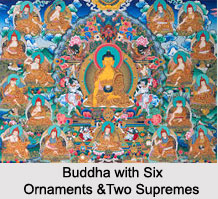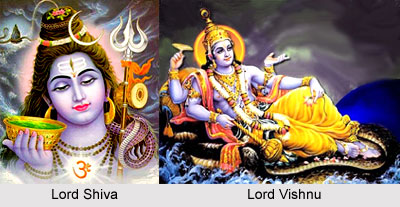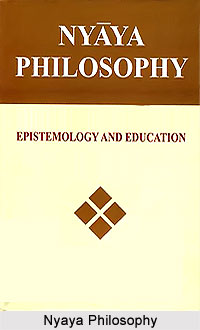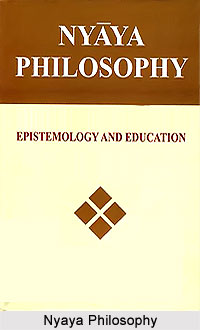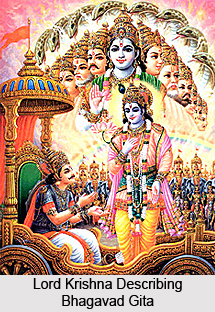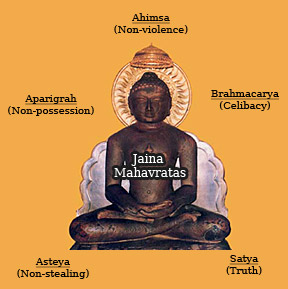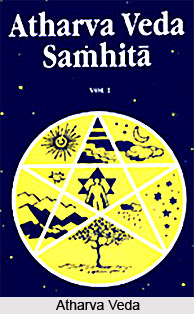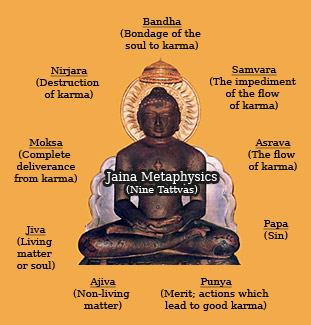Pudgala is matter consisting of solid, liquid and gaseous energy. An atom occupies a space point. But it can be bound with one or several others to an aggregate (Skandha) which then occupies numerous, uncountable or endlessly many space points. But numerous fine atoms can be contained only in one space point because matter appearing only in crude form cannot be pierced.
By uniting the atoms, aggregates of fine and crude types arise. 6 types of matter are distinguished on the basis of their thickness. They are:
1. Fine-fine (Suksma-suksma) and therefore invisible like the atom.
2. Fine (Suksma) and therefore also invisible like the Karma-substances.
3. Fine-coarse (Suksma-sthula) like all metrial things which can be smelt, tasted, heard and touched, but cannot be seen.
4. Coarse-fine (Sthula-suksma), like sunshine, darkness, shadow, thus the things which can be seen, but not touched.
5. Coarse (Sthula), like butter, water, oil, i.e. like everything that is fluid which, when separated, can be amalgamated again from itself.
6. Coarse- (Sthula-sthula), like stone, metal, in short like everything which cannot be joined together without the appearance of the third.
Matter has a definite form; this can be either such it can be firmly defined (as round, triangular square) or it cannot be accurately described (like the form of a cloud, etc.).
A number of special conditions can appear in matter, like the warm radiation of light (as it, e.g emanates from the sun) and cold radiation of light (as it is given by the moon, jewel, glow-worm, etc.), darkness, shadow and sound. Darkness is not considered as a mera negation of light, but as something material. Shadow and every reflection of a body (in mirror, water, etc.) are considered as something material, it is caused by the matter emanating from a body. Sound is understood by Jainas as a fine matter, not as a quality of ether as it is understood by the other Indian philosophers (or of space, Akasa). It is caused by the aggregates of atoms being rubbed against one another. Two types of sound are distinguished: sound which has a linguistic meaning, and sound which does not have such. The first type is further divided into two classes, viz. in sound which can be expressed by letters and sound which cannot be expressed by letters; the latter includes the tones which beings with 2, 3, 4, sense-organs, as also Kevalis (redeemed saints.) give out. Sound having no linguistic significance is produced by human beings with the help of instruments (of which 4 types are distinguished), or it arises in a different way (like, e.g. thunder).
Matter gets an extraordinary significance by its being able to get connected with souls and completely changing them in their nature. The matter penetrating a soul is expressed as Karma.



